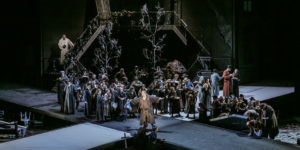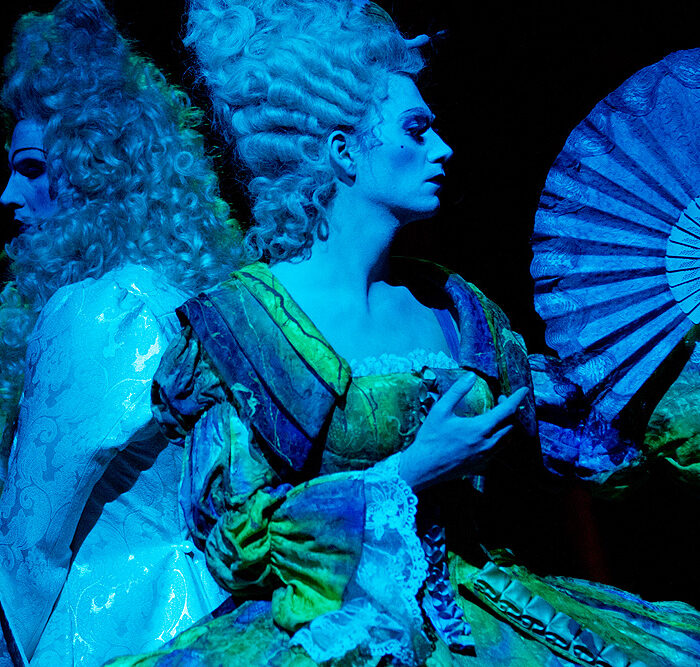
Opera Profile: ‘La Forza del Destino,’ A Complex & Potent Verdian Epic
By David Salazar“La Forza del Destino” is one of Verdi’s most unusual works.
It had its world premiere on Nov. 10, 1862 in St. Petersburg, but the revised version (which is the one largely performed these days) had its premiere on Feb. 27, 1869 in Milan. The opera’s first version is radically different from a narrative standpoint, the ending less hopeful and more treacherous than what Verdi ultimately settled on in 1869.
The work, while widely performed, has not established itself quite as firmly in the repertory due to its large size in terms of running time and cast members.
Short Plot Summary
Leonora and Alvaro are set to escape together, but are discovered by her father, the Marquis of Calatrava stops them in their attempt. He loathes Alvaro, who despite being a nobleman from South America, is looked down upon for being part Indian. Alvaro lowers his weapon, but it accidentally fires and kills the Marquis, who curses Leonora.
A year after his death, Don Carlo of Vargas, the son of the Marquis is out on a quest to seek vengeance on the lovers. He happens upon a number of villagers and a gypsy encourages him and other young men to enlist in military service.
Meanwhile, Leonora finds seclusion in a monastery.
Don Carlo is saved by Alvaro during a battle and they swear loyalty, despite not knowing their respective identities. In a later battle, Alvaro is wounded and asks Carlo to destroy a bundle of letters he has upon his death. Carlo takes a look at the letters and finds out Alvaro’s identity. He challenges the recuperated Alvaro to a duel, but the latter begs him for forgiveness and friendship. They are about to battle but are restrained by the villagers. Alvaro swears to enter a monastery.
Carlo finds Alvaro in the monastery and once again challenges him to a duel. He insults Alvaro’s origins and the two head to battle outdoors. Alvaro injures Carlo and seeks help from a nearby hermit, who turns out to be Leonora. Upon seeing her, Carlo kills his sister and Alvaro, holding her in his arms, asks for clemency.
Major Numbers
The work’s overture is arguably one of the most famous in the entire repertory. But the two major arias for tenor and soprano, “La vita è inferno” and “Pace, pace mio dio” respectively, are also fixtures of the standard concert repertory for solo artists.
Read More on “La Forza del Destino”
How Four Duets Form The Backbone of “Forza”
The Religious Evolution of Verdi’s Operas (With Special Emphasis On The Two Versions of “Forza”
Watch and Listen
Here is a famed recording of the Verdi work with Renata Teladi and Mario del Monaco.
And here is a modern production with Jonas Kaufmann and Anja Harteros.
Categories
Opera Wiki

